The QRP Labs QMX Transceiver kit is by far the most difficult one I have assembled. Three CW contacts were made immediately after completion!
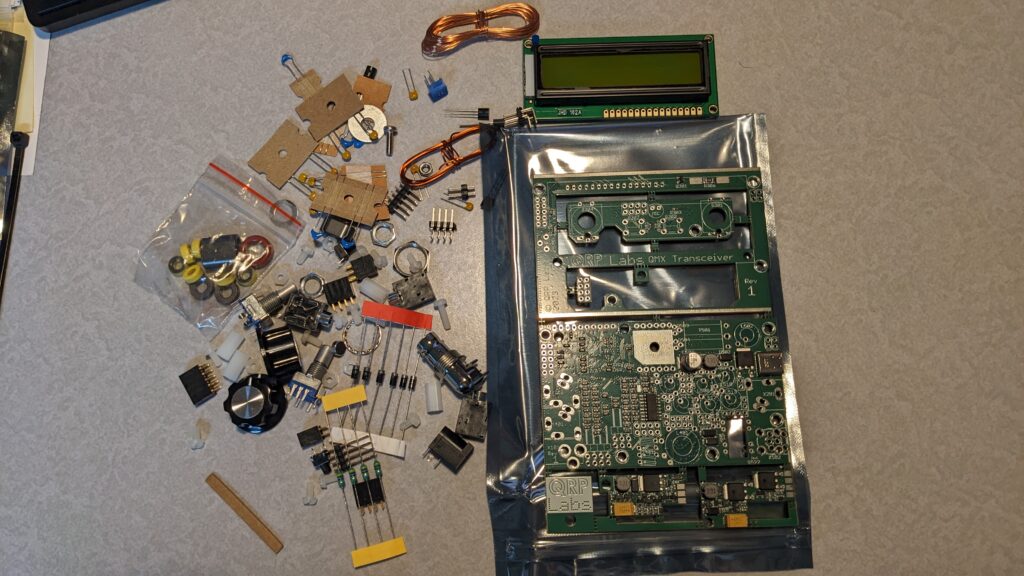
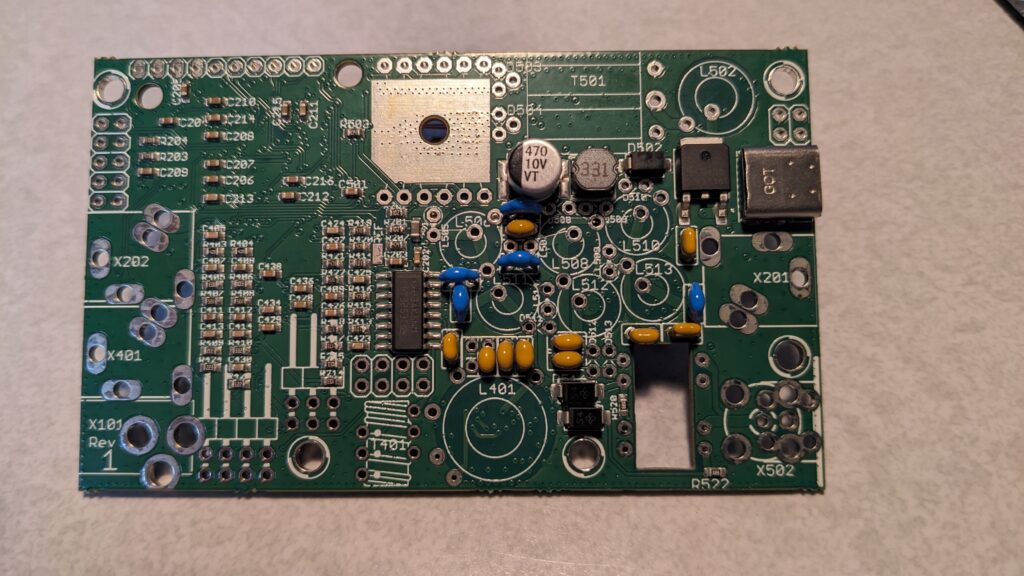
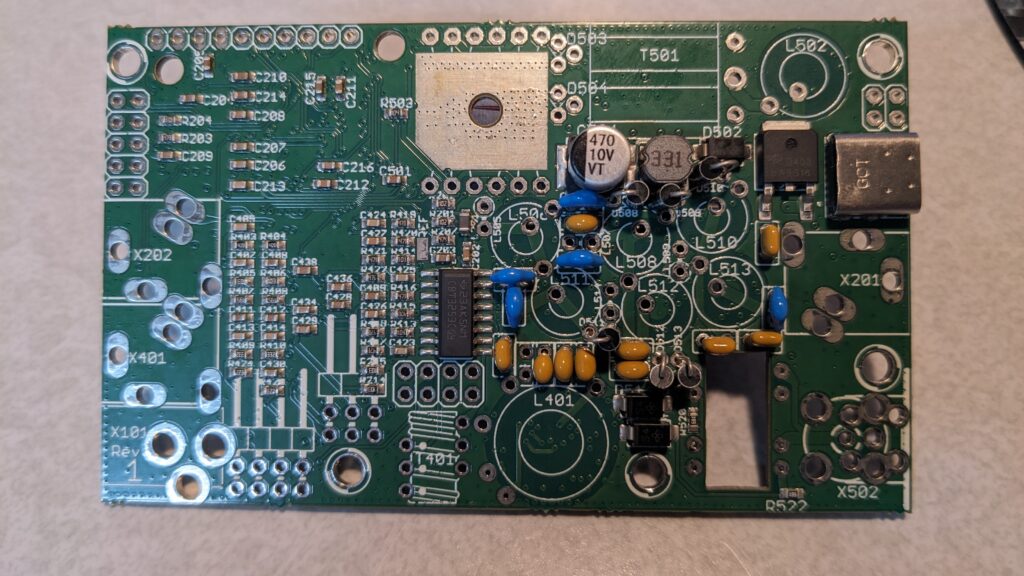
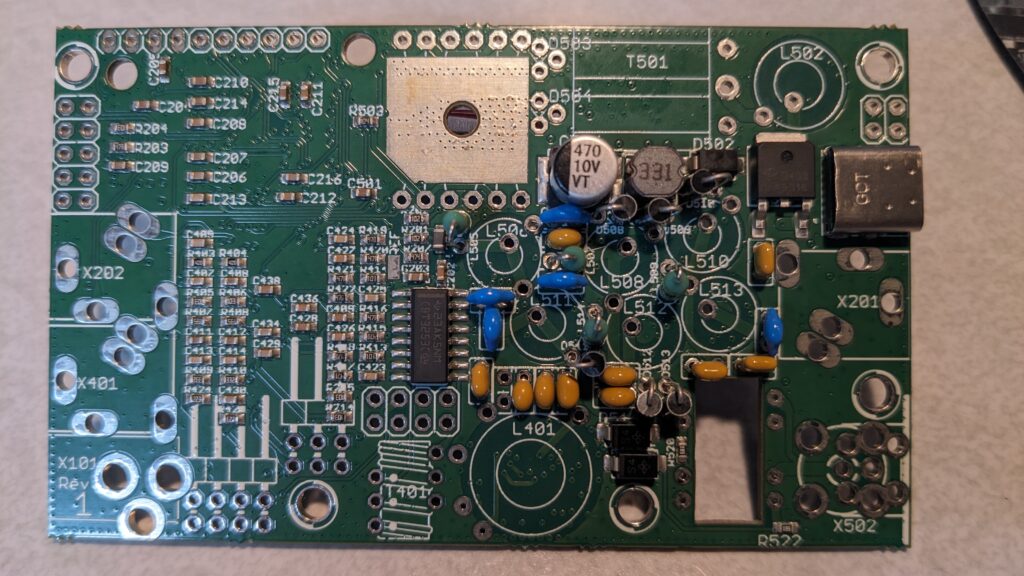
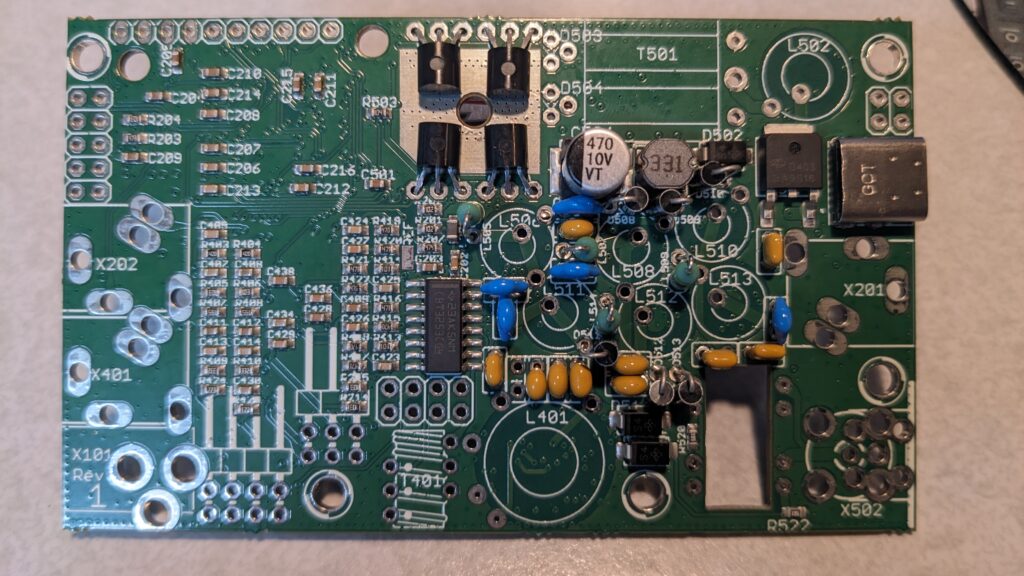
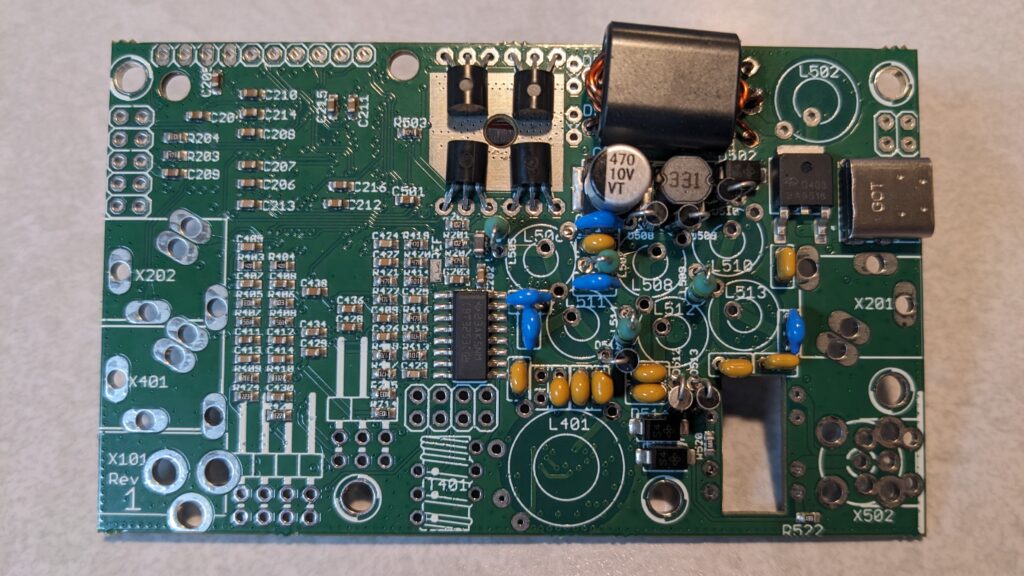
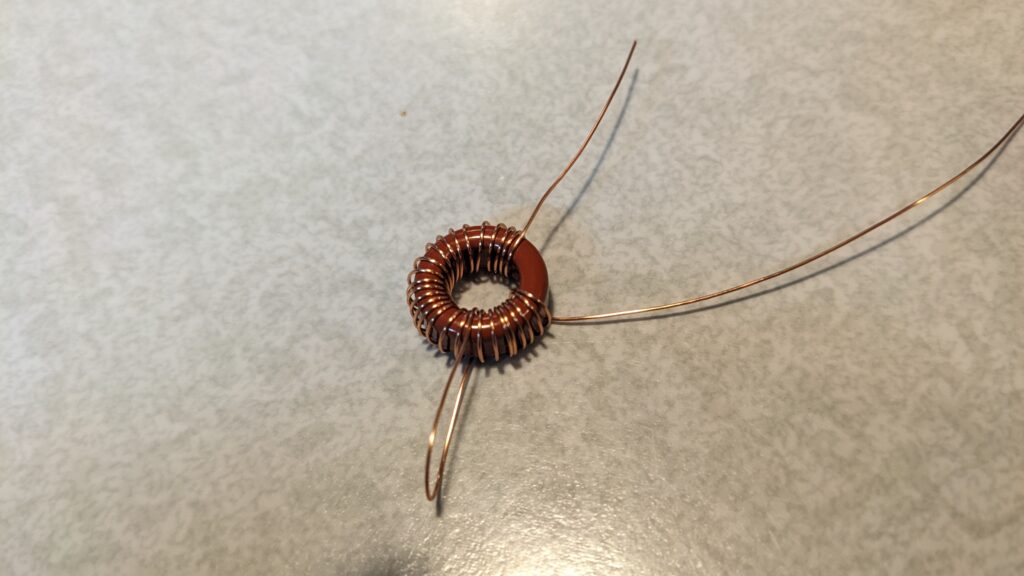
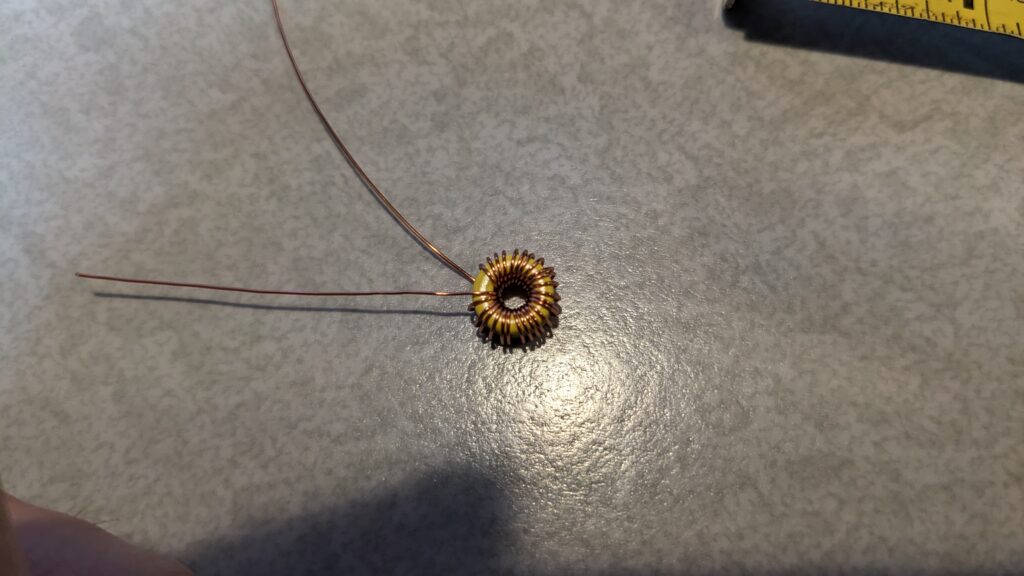
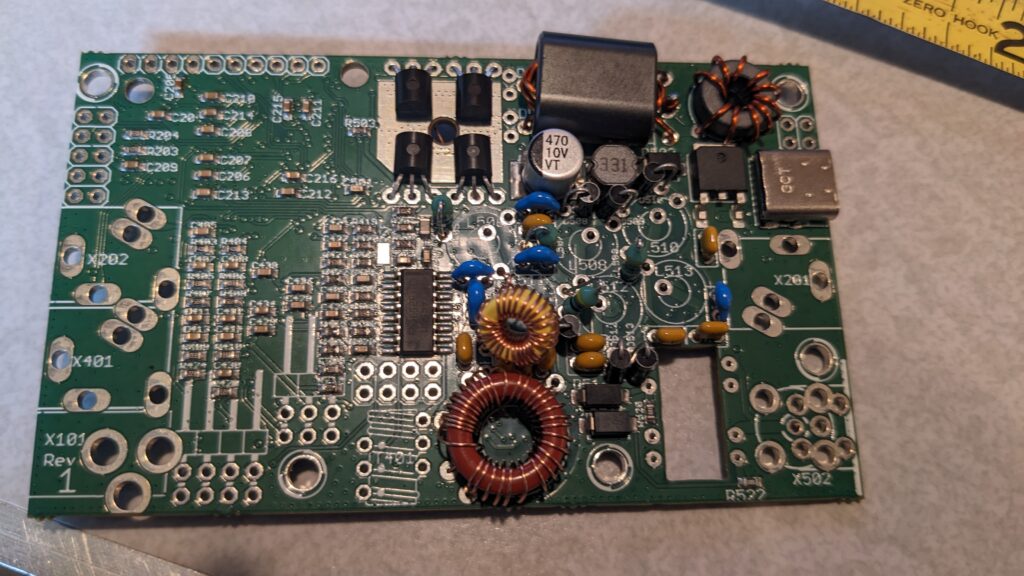
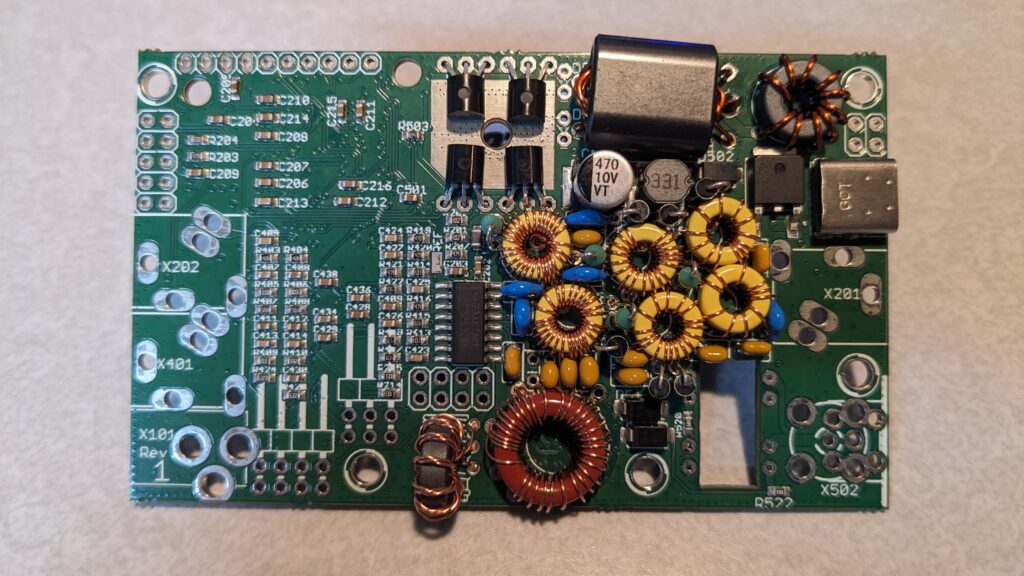
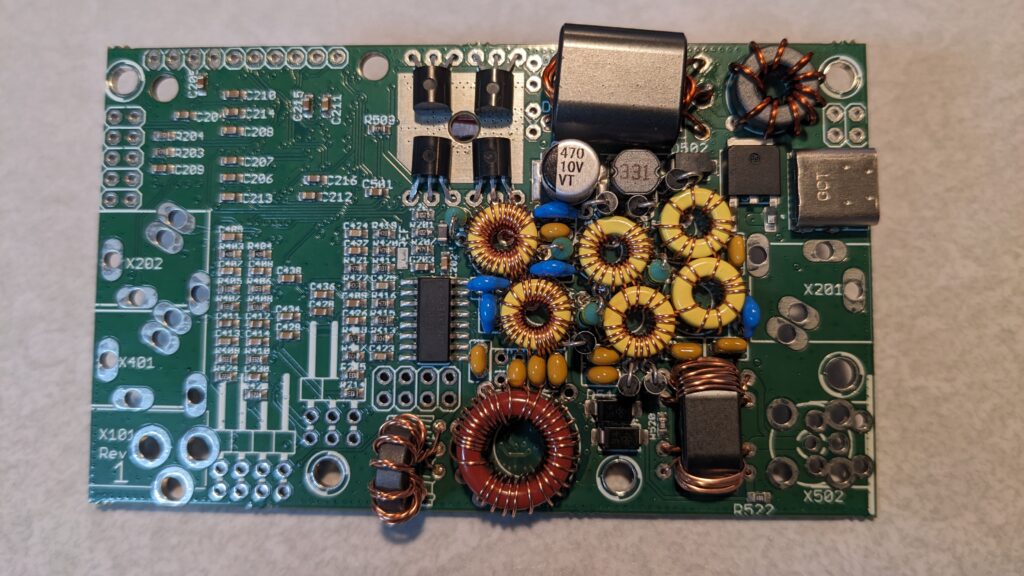
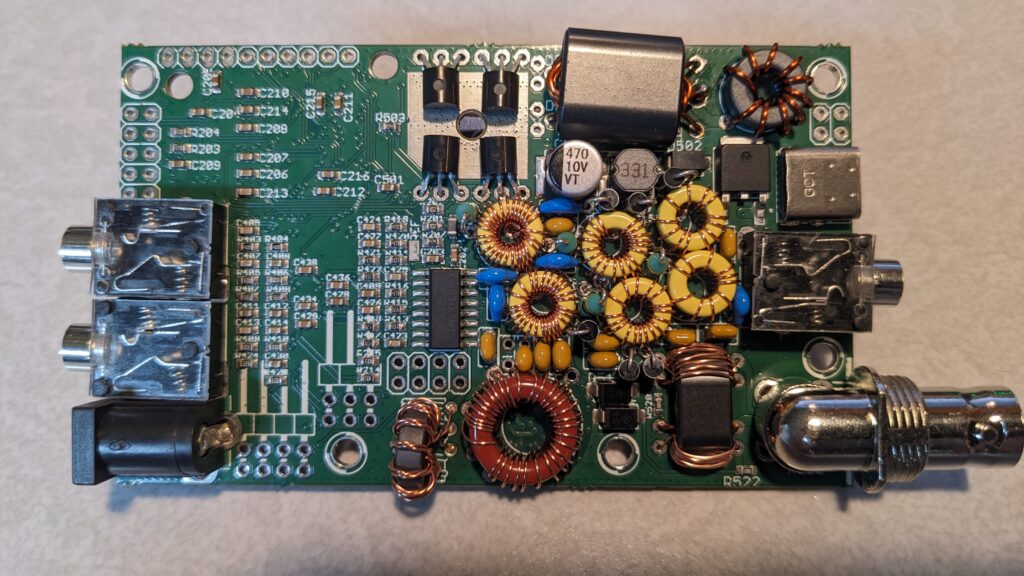
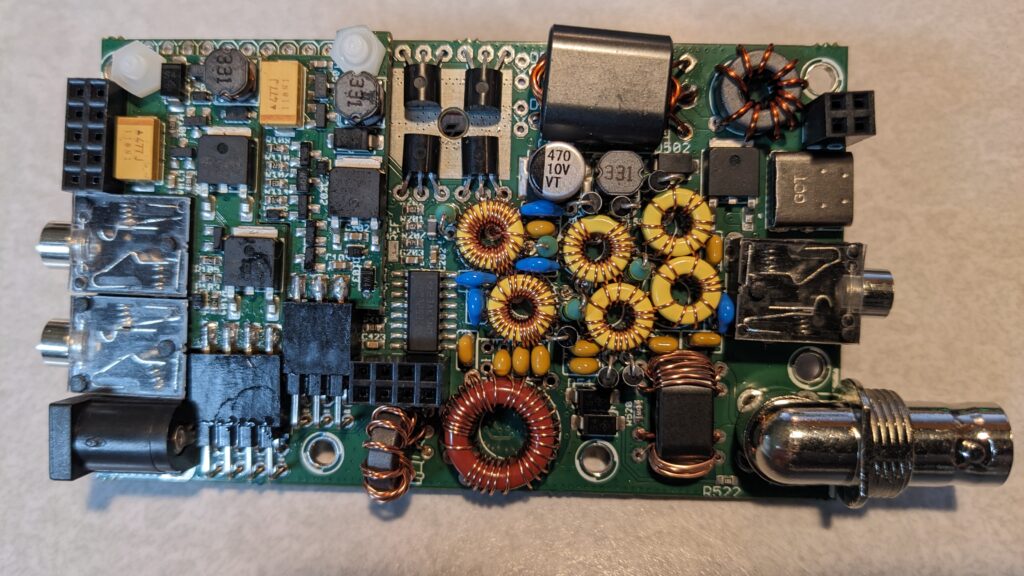
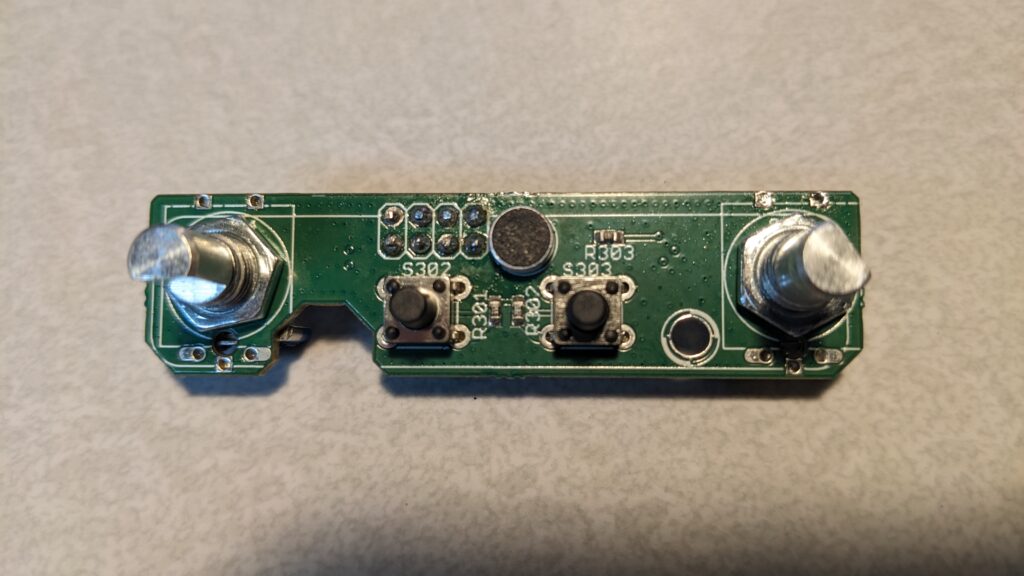
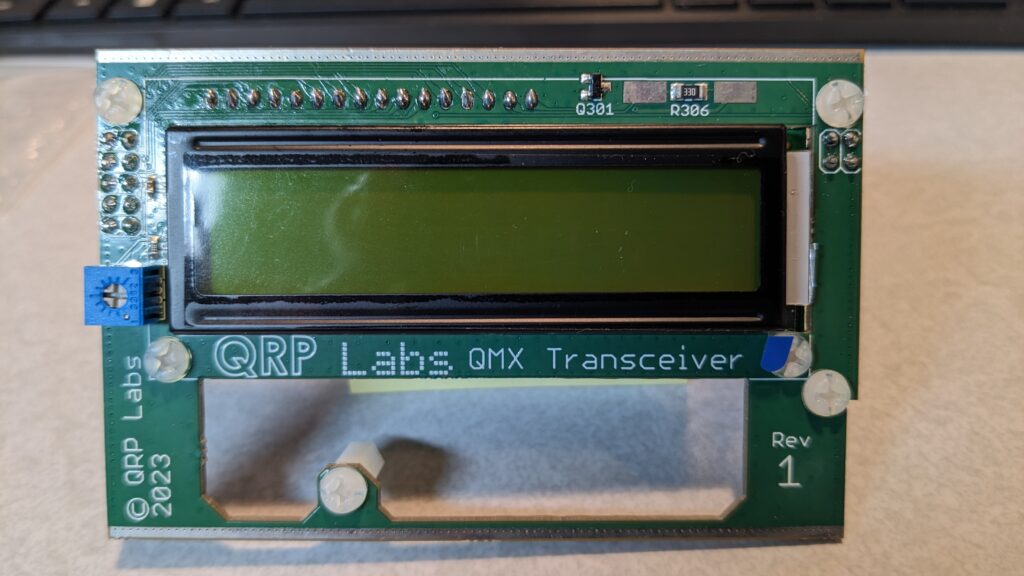
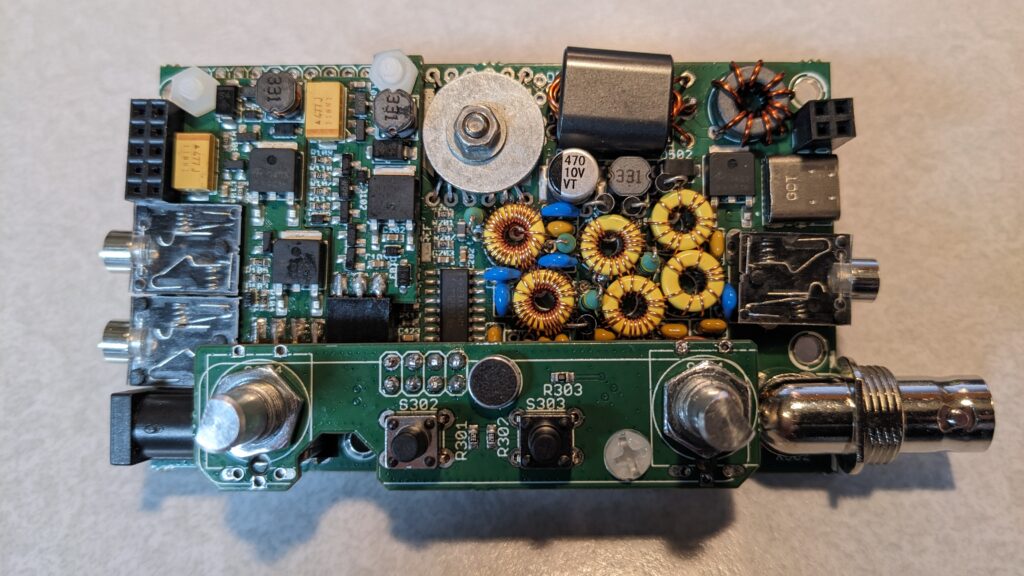
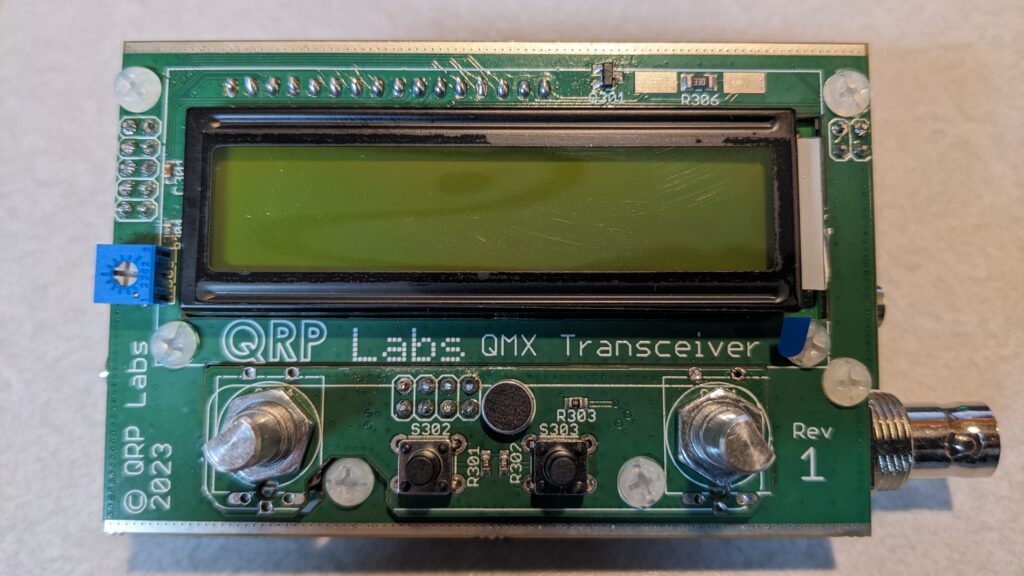
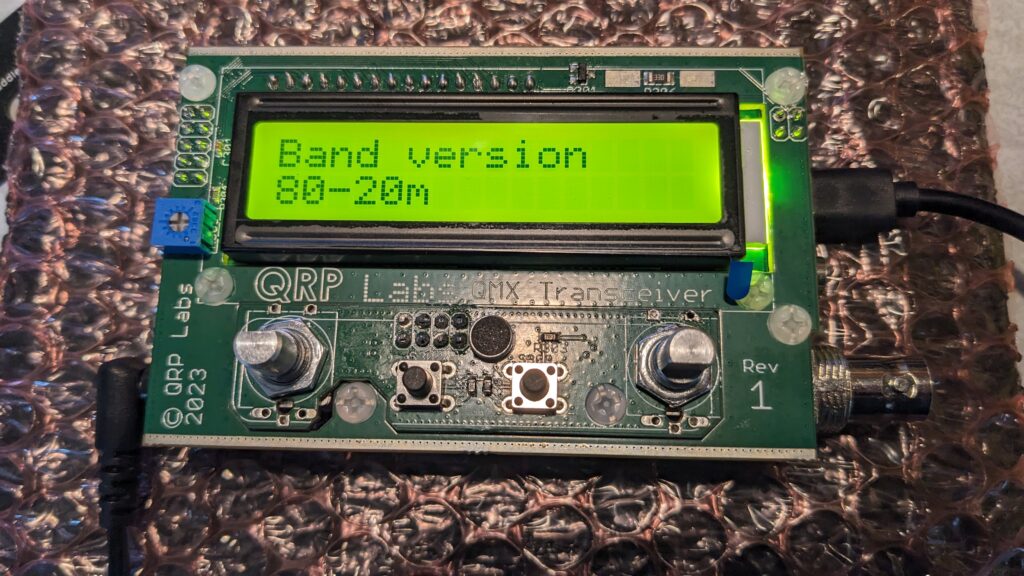
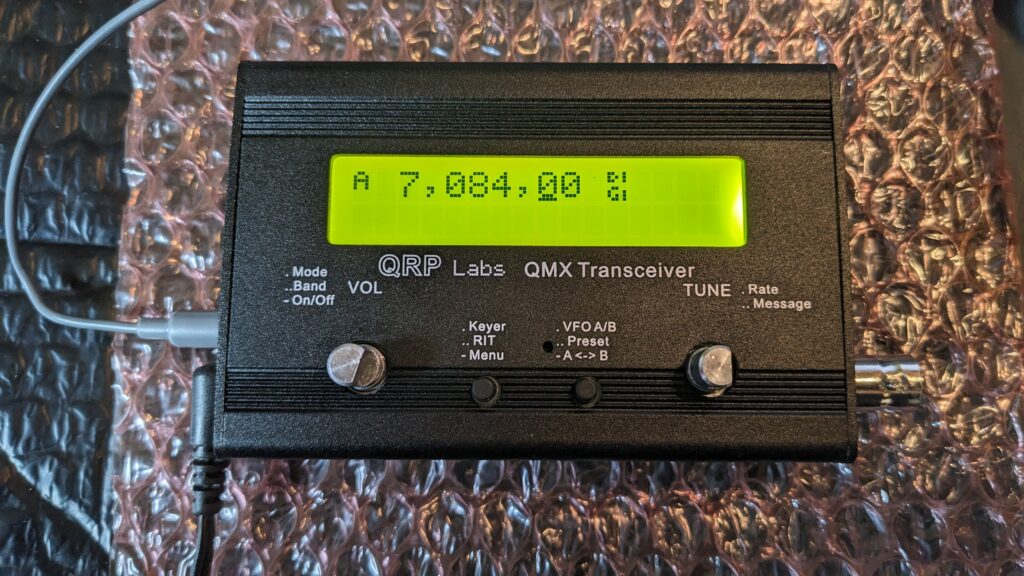
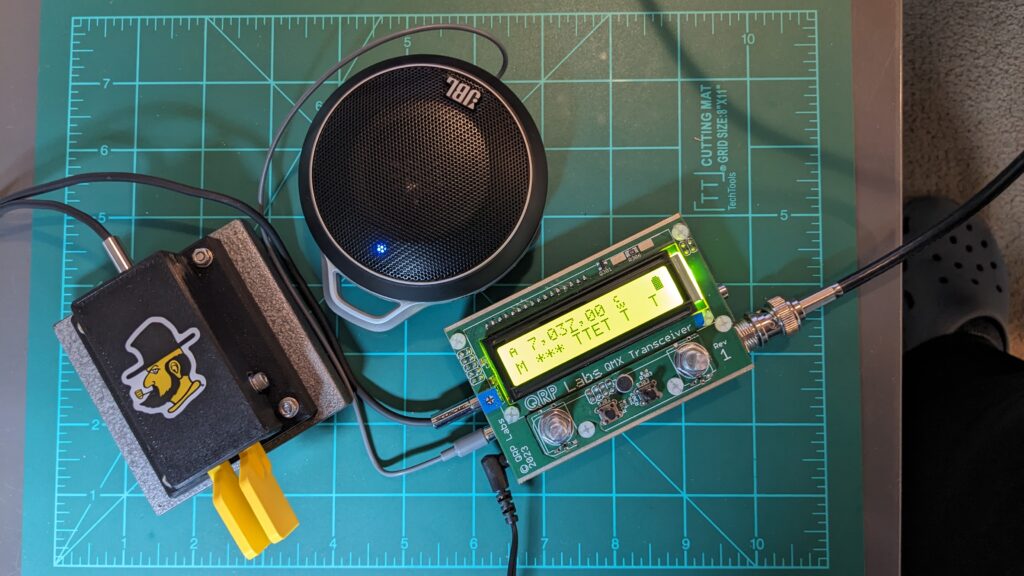
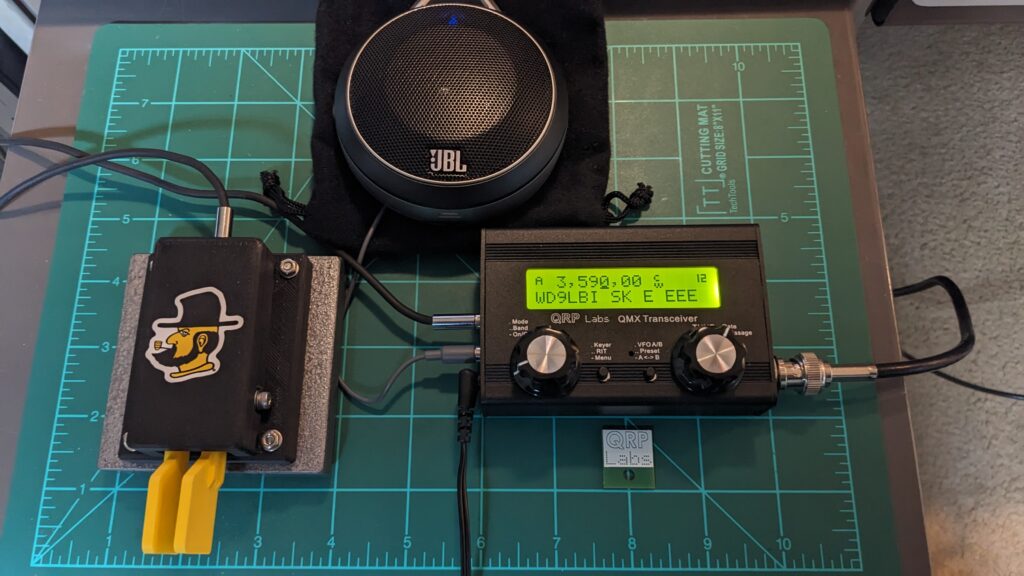
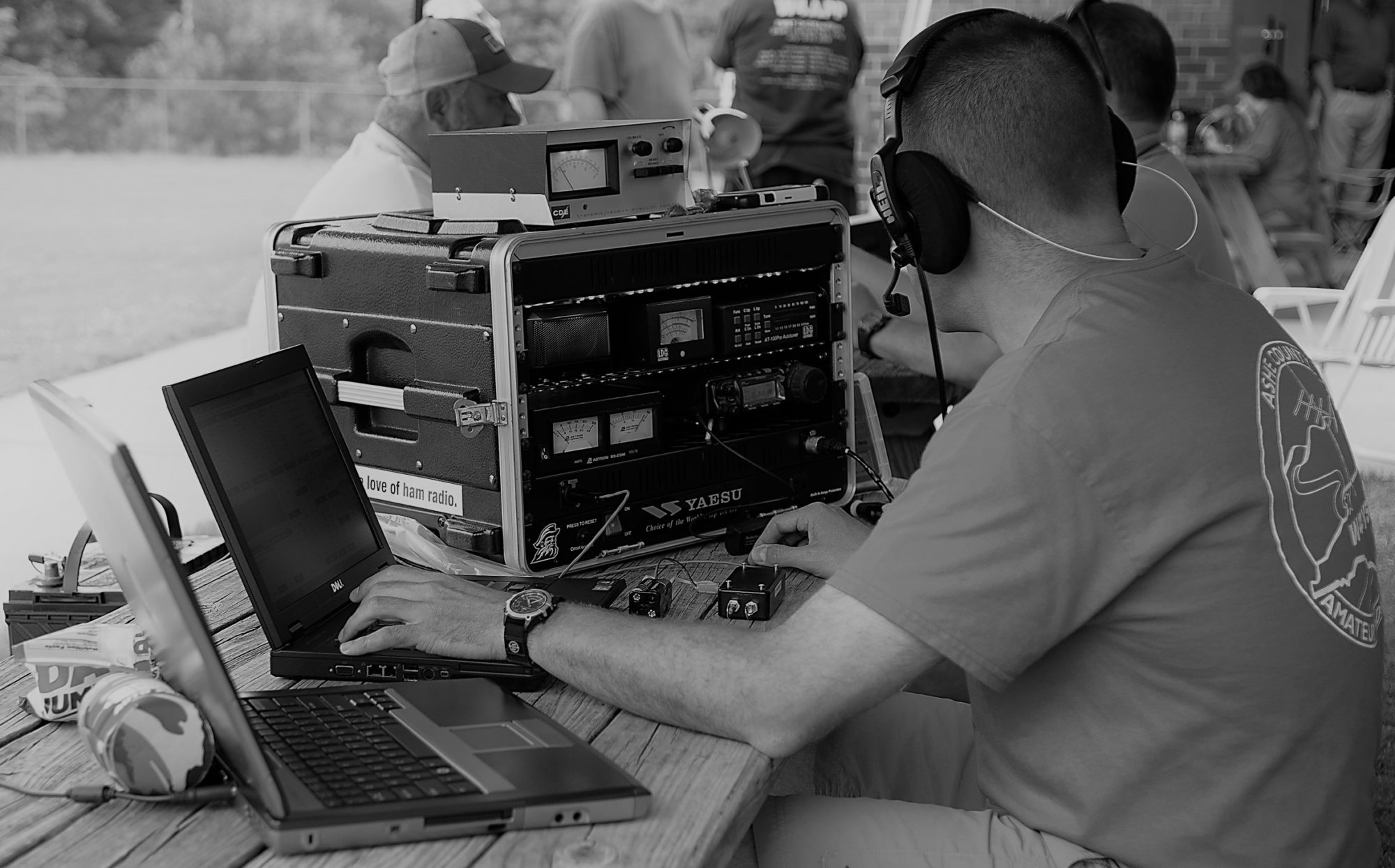
On the air since 1991
The QRP Labs QMX Transceiver kit is by far the most difficult one I have assembled. Three CW contacts were made immediately after completion!





















Since putting “The Box” together in 2012 and winning a “Go-Box” competition award with it 2014, it’s been long past due for some updates and upgrades. One find in the flea market section at the 2019 Charlotte Hamfest was a RemoteRig RRC-1258MKii that appeared in mint condition. Just so happens, the price was right (half the price of a new one) and it went home with me. In its beginning, the RemoteRig was specifically designed to separate an Icom IC-706 (MKIIG) radio and control head via internet protocol. Basically, the RemoteRig would all you to leave the radio portion at home and take the control head with you. Later on with the popularity of the Yaesu FT-857(D), the Kenwood TS-480, and other radios that offered the remote mounting of the control head, the RemoteRig folks in Sweden, allowed these units to be used with other manufacturer’s radios. This particular version of the RRC-1258MKii required some slight modification in order allow my FT-857D to be used. Later hardware versions make this a lot easier. Mikael Styrefors (SM2O/SM2OAN/SE2R) at the home base in Nystaden was more than helpful to clarify some of the images and and descriptions on the website to make this thing work!
The original Motorola car-phone extension speaker was removed in order to make room for the RemoteRig. Being in the information technology world allows me to have access to some discarded equipment including some Dell branded under the monitor mounted amplified speaker bars. I attached this to a 1/2 rack unit panel and let it take up the top slot in the box. The volume control is easily accessible as well as the dual headphone outputs on the left hand side.
Some new LED lighting has been installed to assist with operating at night or in low light conditions. The Aura LED strips were available at Wal-Mart and have an infrared remote control. These are powered via a 5 Volt USB adapter.
Some amateurs and make their “Go Box” only usable for so-called “emergencies.” My advice is to make it as comfortable and as versatile as possible so you’ll have a pleasant operating experience no matter what the conditions are.
As usual, I am always very slow and cautious about installing a radio in any new vehicle and with my new 2019 Honda Ridgeline RTL-E this was no different. After owning this truck for over eight months, I finally took the plunge. The rig is an Icom IC-208H. It has had three homes in its life from a 2008 Jeep Grand Cherokee, to a 2013 Honda Ridgeline Sport, and now to this 2019. This rig has demonstrated itself to be as tough as nails. The 12 gauge power cable is connected directly to the battery with in line 15 amp fuses. The antenna is a Comet CA-2X4SRB with the accompanying Comet CK-3M5 cable assembly. This antenna is very wide-banded with an SWR below 2:1 from 140-160 MHz and 435-465 MHz. Finding the hole in the firewall was was easier than first suspected. Although, finding the opening to the bed was the biggest challenge. The differences between the installation in a 2013 Ridgeline Sport and the 2019 RTL-E are very minimal. There are still some similarities in the assembly of both models. The RTL-E features an in-bed audio system that includes six 8 ohm 10 watt transducers, a 150 Watt DC to AC inverter, and and in-bed trunk for storage. All of these features and the ability to operate VHF and UHF mobile make the Ridgeline the perfect ham radio and tailgating vehicle. Thanks to my father for assisting me with this installation and for fabricating the antenna mount. The removal of the rear seat is definitely a two person job. Since pictures speak louder than words, here’s the show…
Winter time is a great time to build a kit. After having so much fun building the QRP Labs QCX 40 meter CW/WSPR Transceiver, I thought I would try the U3S Transmitter Kit. Although there seems to be fewer components, it’s still a challenging and time consuming kit. With the added low pass filters for various bands, there are several toroids to wind.
A good friend of mine thought I needed a kit to build. He picked this up at the Dayton Hamfest in Xenia, OH this year. I just now got around to completing it. Check out QRP Labs for more info. My first CW contact with this radio was with N8AI in Houston, TX at 02:31 UTC on December 30, 2019 on 7030 kHz. Not bad for less than five watts. The WSPR transmission was heard in Hawaii by AI6VN/KH6, VE6EGN in Alberta, VE1COR in Nova Scotia and by historic Maritime Radio Receiving Station KPH near San Francisco.
A very kind friend passed this gem along to me a while back. It needed a little TLC since only one audio channel was operating correctly. There seemed to be a hairline fracture in a trace on the Control Amp Unit. That entire board was replaced. Next came the LED upgrade. Wow, what a difference! A set of Bose 201 Series II were added for a nominal fee.
After having some issues with degrading output power under a heavy load, it was time to perform some surgery on my trusty Astron RS-35M power supply. According to Astron, the serial number dates back to late 1990. I acquired this unit in June 1991. It was easier and more cost effective to install a new regulator board. This required some modification.
Filter caps are a known culprit for degraded performance. I replaced the Cornell-Dublier capacitor with a locally manufactured United-Chemi Con model. The “L” in the code stands for “Lansing.”
And the final touch was adding back lit LED meters. Here’s to 27 more years of solid performance powering W4MLN.
This story by Christopher Mims was featured in the Monday, May 22, 2017 edition of the Wall Street Journal. Photography by Andy McMillian. Make sure you have good backups!
I installed the QRPi shield on a Raspberry Pi 2 today and configured the unit to run WSPR on 20 meters. After about an hour, this 100 milliwatt transmitter was heard by W7CQ in Eugene, Oregon at a distance of 2,238 miles from the home QTH. Real time stats from WSPRNet.org